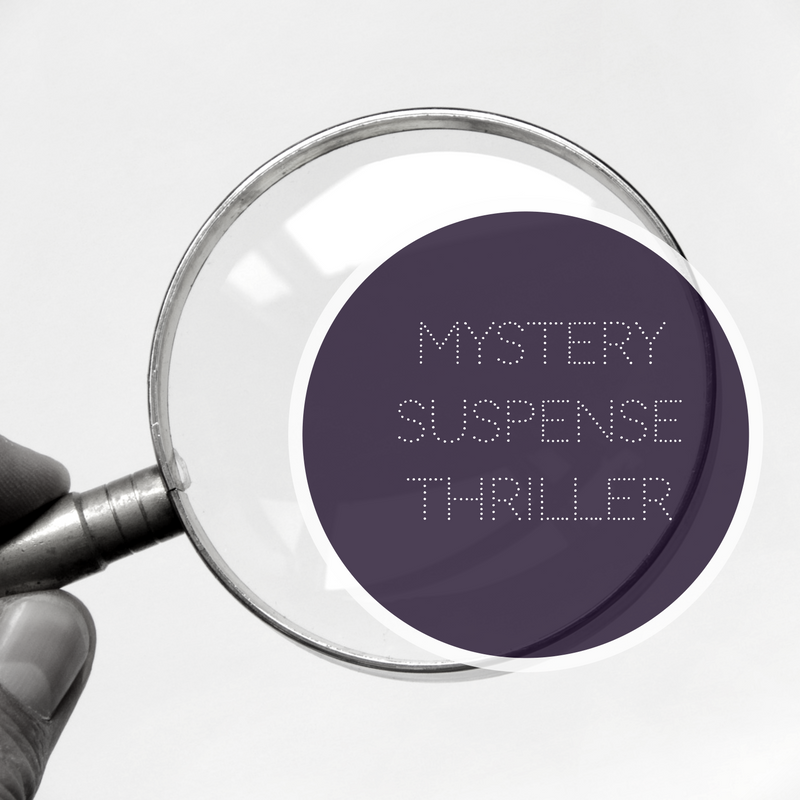What’s the secret to creating a book worthy of catching an agent’s eye? Worthy of turning an acquisition editor’s head? Worthy of securing a publishing contract?
Pacing.
The speed at which the action takes place in our story is one of a myriad of literary devices that informs all writing including our mystery, thriller, and suspense novels. Correct pacing can drive our story to the next level, to the top of the pile.
How do I handle my story’s action?
The hare demands pounding hearts, stolen breaths, and jacked-up pulses at every turn. Throw in scenes with car chases, a killer stalking our hero through darkened alleyways, or a bomb disabled at the last second. For good measure include the click of the action sliding back on a Glock, the creak of a wooden staircase, or the gurgle of a faucet running in an abandoned cottage. Add a cup of tea laced with strychnine, a virus released into the air ducts, or a poisonous needle prick on a crowded subway.
“If you’re writing a thriller, mystery…you’d better keep things moving rapidly for the reader. Quick pacing is vital in certain genres. It hooks readers, creates tension, deepens the drama, and speeds things along.”
Nancy Kress
We want the reader gripping the edges of our book, turning page after page into the wee hours of the morning.
But the tortoise whispers, “Slow down.” Give our protagonist time for processing clues. Whether it be with a trusted confidant, behind a microscope, in front of an evidence board, or beside a crackling fire in the drawing room. Who are the suspects? What is the motive? When did the offense occur? Where do the clues lead? Why murder? How was the crime committed?
Which pacing is better, the tortoise or the hare?
Pacing is all about balance. Correct balance provides variety and keeps the reader hooked. It involves more than racing hearts and tingling spines versus strolling through daisy-dotted fields.
According to Healthline.com, adrenaline makes the heart beat faster, increases blood flow to the brain and muscles, and stimulates the body to make sugar for fuel. The body responds so fast that you might not fully process what is happening.
While that may please the writer in us, constant action might prevent the reader from fully processing and delighting in our well-plotted story. We don’t want our reader dozing off, but we can let them breathe.
Pacing depends on the story you’re telling. Suspense and thrillers tend toward fast-paced, mysteries come in at a slower pace––think Sherlock Holmes.
Our question becomes not the tortoise or the hare, but rather how do we join both voices to create a satisfying read where dangling threads are knotted and setups are paid off.
What is your story’s goal? What does your genre require?
Read best-selling authors in your genre and analyze how they pace their story. Create a template of the plot. You’ll find they spread out the fast-paced action with more mundane activities.
Your reader’s adrenaline surges with shorter sentences and chapters. Short sentences tighten the action. Short chapters heighten the pace. Keep the action quick and physical. Pick concrete words and active voice. Call on machine-gun dialogue. Crank up the tension with hard consonants, such as: crashed into the cold night. Action-packed cliffhangers keep the pages turning.
Longer chapters and sentences let the reader bask in the ebb and flow of our prose, the nuances of our story, and the witty repartee between characters. If action is more cerebral––analyzing clues, pondering results, consulting colleagues––the reader can drop those shoulders, sip hot coffee, and enjoy the read. Flowery descriptions utilizing present participles and gerunds slow the reading experience as well as the action. Dialogue reflecting the slower pace employs complex sentences and longer action beats. Soft consonants––gentle breezes on a summer morn––lighten the mood and invite the reader to saunter, rather than rush, through the story. A slower pace doesn’t mean anesthetizing the reader. We still want hanging cliffs and turning pages.
The tortoise and hare must work together, but one or the other will claim center stage depending on your genre. Correct pacing keeps our readers entertained, turning pages, and coming back for more. That’s what we all want.
Write well, my friends.

PJ Gover encourages her readers to live the thrill…one story at a time, whether through her devotionals or thrillers. She has received eight writing awards including first place in American Christian Fiction Writer’s First Impressions contest and the first place Tar Heel Award from the North Carolina Christian Writers. Write to Publish recognized her second novel with their first place Blue Seal Award. Her one-year devotional book, Celebrate Thee Date, can be found at 4homestore.com. She is represented by Jim Hart of Hartline Literary Agency.
A ranch in Texas serves as home base where she is currently working on a suspense novel set in west Texas. Offer her Mexican food or anything gluten-free and you’ll have a friend for life.


 We love helping your growing in your writing career.
We love helping your growing in your writing career.

No Comments